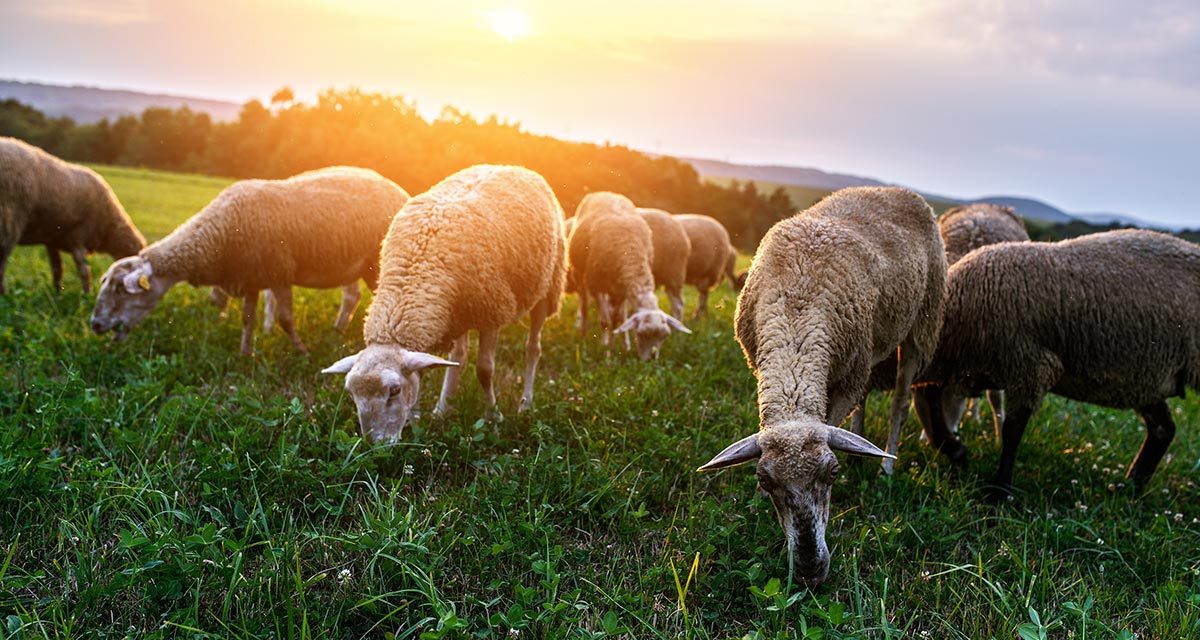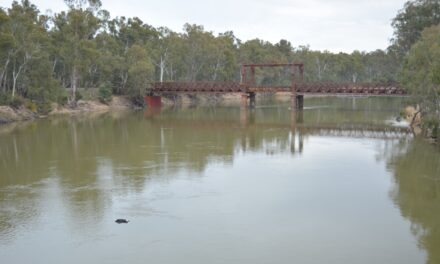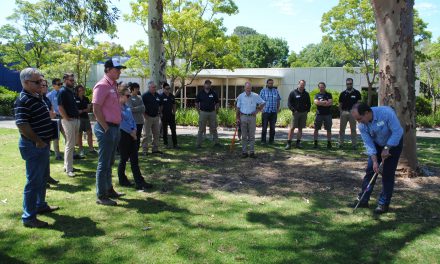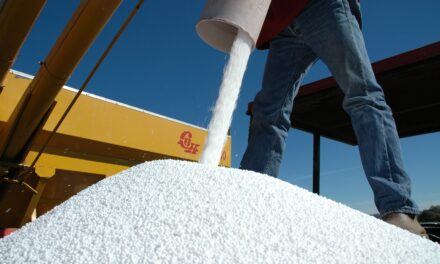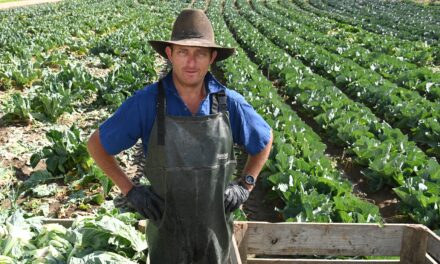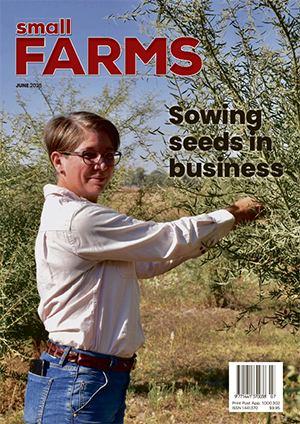Productive pastures not only lead to increased animal performance and better pasture utilisation, but can also lead to more dollars in the bank. Pasture renovation is the process of increasing the performance of the pastures on your farm; it is an expensive process that requires considerable planning and preparation to gain the maximum benefit, but with a conservative plan in place, you can start realising the many benefits of productive pasture.
Preparation for pasture establishment needs to begin at least one full year before the seed is actually sown. According to Agriculture Victoria, there are three key things to consider before you decide to renovate the paddock:
- Which part of the property will respond best to pasture improvement? Consideration needs to be given to soil fertility, acidity, terrain and pasture composition, along with paddock size and budget.Developing a whole farm plan is a good first step to identify sites that are most likely to produce the best results for the cost and effort.
- Can pasture be improved without the need for re-sowing? Effective weed control, fertiliser, rotational grazing and spelling the paddock over spring and summer are all methods of decreasing competition, and increasing the growth and persistence of either introduced or native perennial grasses without the need for re-sowing.
- Is the timing right? Can I afford to have the paddock out of production for a full year? Careful planning is required to ensure winter production of other paddocks is high enough to carry the stock through the winter without the use of the newly-sown paddock. Other considerations include getting the soil fertility and weed control right before sowing the new pasture.
Small farms consultant Charlie Roberts from central NSW says the benefits that come from newly sown pastures can only be realised when stocking rates are subsequently increased, and extra pasture grown is eaten.
“It’s important to base your decisions about pasture renovating around the goals of the livestock enterprise and overall farm. If your aim is to run a few breeding cows and make some money on the side, then the drive to improve pastures and increase production will be less compared to someone who wants to trade cattle and try to maximise income off their small land area,” he explains.
What is good pasture?
“Good pasture has high Dry Matter (DM) yield when you need it, plus good palatability and high feed value,” according to Heritage Seeds’ Lyn Mckay.
“Without good pasture yield you can’t feed your livestock well – that much is obvious. But it’s also increasingly important to have good yield at the times when it is of most benefit to your system. With new pasture varieties, you can now grow more DM in winter/early spring and summer/autumn – times of the year when pasture is at a premium for most farms.”
Palatability is the term used to describe how much livestock like (or don’t like) eating a particular pasture.
“We can’t easily measure this in objective terms, but we do know certain factors have a strong influence. Over-grown spring pasture is often unpalatable. Perennial ryegrass with an endophyte like AR1 or NEA2 is significantly more palatable than the same variety with standard (also sometimes called high) endophyte. Pastures with good clover content are more palatable than those without. Low soil pH reduces palatability (lime solves this) and high potassium above 3.5 per cent lowers palatability,” she explains.
“One of the best ways to know if a pasture is old and run-out is by looking at your livestock,” adds Charlie.
“Your livestock are a true reflection of the pasture they are eating. Successful livestock production is often described as 50 per cent genetics and 50 per cent nutrition. If your pasture lacks adequate growth, has low beneficial (clover) plant numbers, a high weed population or is generally performing below expectations it is common for your livestock to show similar signs of tiredness, hollowness and poor production.”
First steps in pasture renovation
Renovated pasture can turn poor performing pastures into top performers, with differences of up to 4-5 tonne of DM per hectare per year being quite achievable, but preparation is key.
“Preparing to plant a new pasture should start a minimum of two years before it is to be sown,” says Charlie.
“The preparation phase allows time to remove weeds (both growing and seeds in the soil), improve soil fertility levels and correct any soil structure and pH issues.”
Sowing a new pasture is costly, with the average pasture renewal costs ranging from $200-$800/ha. Therefore, the preparation period is vital in reducing the risk of establishment failure and costly mistakes. The cost of pasture seed is approximately 25 per cent of the total pasture renewal cost, depending on the pasture varieties to be sown. Fertiliser makes up the largest expense, with 50 per cent of the total pasture renewal cost.
“Purchasing pasture seed should be seen as an investment: always use good quality seed, ask for certified seed as this ensures it has met minimum purity and germination standards before it can be sold,” advises Charlie.
During the preparation phase, identify the land area and paddocks to renovate, test soil fertility and choose a renovation method that suits your needs.
Re-evaluate your management strategies to ensure you will utilise the extra pasture grown from renovation and turn it into income, for example, by implementing a higher stocking rate.
“Annual pasture renewal varies widely on Australian farms, from 5 per cent to 100 per cent of the property’s land area. How much you sow depends on the performance of existing pastures and the potential gains that can be delivered by new pasture in your system. This decision in turn affects your choice of renovation technique,” explains Lyn.
“The simplest way to identify paddocks for renewal is to compare the DM production of all paddocks on your farm, using your grazing records. If all paddocks are the same size, simply add up the number of grazings/year for each paddock. If paddocks are different sizes, you need to calculate grazings/ha. Don’t forget to include hay or silage crops.”
Testing soil fertility is an important part of the pasture renovation process. Paddocks selected for renovation should be soil tested before sowing, to ensure optimum nutrient levels (particularly phosphate) and pH. Fertiliser suppliers can provide good direction on this area.
Which method to use?
“The most successful way to establish a new pasture is by removing the old one,” says Charlie.
“Cultivation, slashing, burning or spraying are all methods that can be employed. New pastures are successfully established where weeds and other competing plants have been killed, where moisture has been stored and fertiliser applied prior to or at planting.
“Any number of methods can be used to sow a new pasture including oversowing, broadcasting, sod-seeding and direct drilling. Regardless of the sowing technique used, the most crucial step in the pasture renewal process is to plan well ahead and ensure that the paddock has adequate preparation.”
According to Lyn, cultivation is the premium method and usually has the best results: “It gives excellent weed control, overcomes compaction problems and levels uneven paddocks. But it is slower and costlier,” she says.
“Spray-drilling and oversowing costs less and has a faster turnaround. If over 10 per cent of the farm needs renovation, these techniques are most popular. On a property with a large area of poor pastures, they can bring huge benefits quickly. Spray-drilling works well in most situations and gives good long-term results. Undersowing suits thin pastures, where bare ground assists seedling establishment. For dense pastures we recommend spray-drill.
“If your pastures have hard-to-kill low-fertility grasses like bentgrass, we advise a double renovation for best results, such as a spray-drill short rotation ryegrass, then follow this with a crop, or spray-drill permanent pasture.”
And a word of warning: insects can cause rapid seedling loss at pasture establishment, particularly clover, especially with spray drilling, because surface trash encourages them.
“Regardless of the establishment technique used, the best results will come from an even seed bed. Most pasture seeds are small in size and are therefore sensitive to sowing depth – ideally, seeds should be sown 10-20mm under the soil surface with seed-to-soil contact enhanced through the use of a roller, harrow or press wheel,’’ explains Charlie.
The final step in renovation (and one of the most important) is changing your management to utilise the extra pasture. If you renovate 10ha and grow an extra 4tDM/ha (at the high end of what is achievable), your system will produce 40tDM more feed next year.
Other ways to maximise pasture and pasture performance
“If the cost and time required to establish a new pasture is not what you want, then there are a number of other management activities that can be undertaken to improve the pastures that are already present,” says Charlie. These include:
- Fertiliser application. Often poor producing pastures are a result of a lack of soil nutrients. Undertaking a soil test and applying fertiliser is often the best first step in increasing the pasture production.
- Spraying of weeds. Pastures that contain high levels of weeds are often unproductive, weeds compete for space, water and sunlight. A good method to increase production is by spraying out weeds using a selective herbicide (one that only targets the weeds) leaving the pasture behind.
- Broadcasting of legume seeds. Broadcasting legume (sub, white clover) seed is a cost-effective way of increasing the quality of the pasture. This activity can be coincided with fertiliser spreading to reduce the cost.
- Slashing of dead material. Dead plant material is not easily digested by livestock. Pastures with high levels of dead material result in poor livestock production. Slashing is an ideal way of removing this dead material. This activity also allows increased levels of sunlight to reach beneficial legume pasture species.
“Renewing a pasture should follow a methodical and well-planned process. Those who wake up today and decide to sow tomorrow are often bitterly disappointed,” says Charlie.
“Small area farmers can enjoy production and income benefits similar to their larger counterparts from pasture development, but this depends on the ability of the farm owner/manager to eat extra pasture that is grown. This may involve a number of strategies including agistment, the purchase of extra livestock or cutting and sale of hay or silage,” adds Charlie.
For more information:
Phone small farms consultant Charlie Roberts on 0439 082 820, or visit www.farmstyle.com.au

